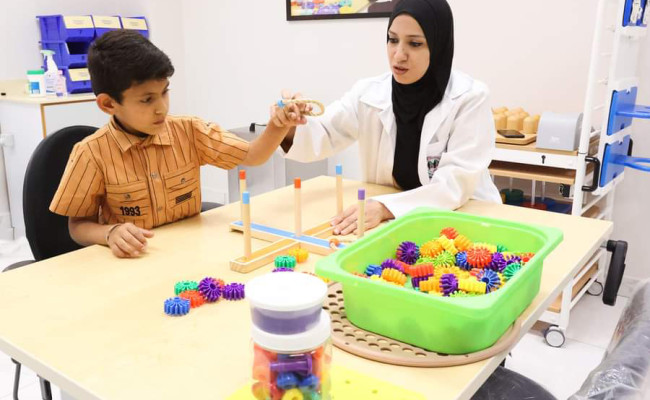Background: The aims of this case series were to investigate the clinical, radiographic, implant success, complication
incidence, esthetic, and patient-reported outcomes of 10 immediately placed implants associated with the socket
shield technique at 12 months post-loading and to assess the ridge width changes that occurred at 8 months following
implant placement.
Methods: A total of 10 patients received 10 socket shield immediate implants (MegaGen AnyRidge). At 8 months
postimplantation, casts were made to assess the ridge width changes by measuring the ridge width at the implant
sites and comparing them with the corresponding measurements at the contralateral tooth site. At 12 months postloading,
clinical indices, marginal bone loss, pink esthetic score, and patient-assessed outcomes were evaluated. The
mean, standard deviation and median were calculated for all continuous variables.
Results: All implants demonstrated a 100% success rate, while 2 implants presented with external shield exposure
that was managed successfully. The mean marginal bone loss was 0.08 ± 0.14 mm mesially and 0.21 ± 0.23 mm
distally. Esthetic evaluation yielded an average modified pink esthetic score of 8.65. A mean gain of 0.17 mm in the
facial-palatal ridge width was recorded at 8 months postimplantation.
Conclusions: The socket shield technique enhanced the functional and esthetic results by preserving the alveolar
bone and peri-implant soft tissues. However, this is a sensitive technique and still needs more robust evidence before
it can be recommended for everyday clinical practice.
Authors
Rola Shadid
Pages From
1
Pages To
13
ISSN
1746-160X
Journal Name
Head & face medicine
Volume
18
Issue
17
Keywords
Dental implantation, Success rate, Osseointegration, Socket shield, Case series
Abstract






